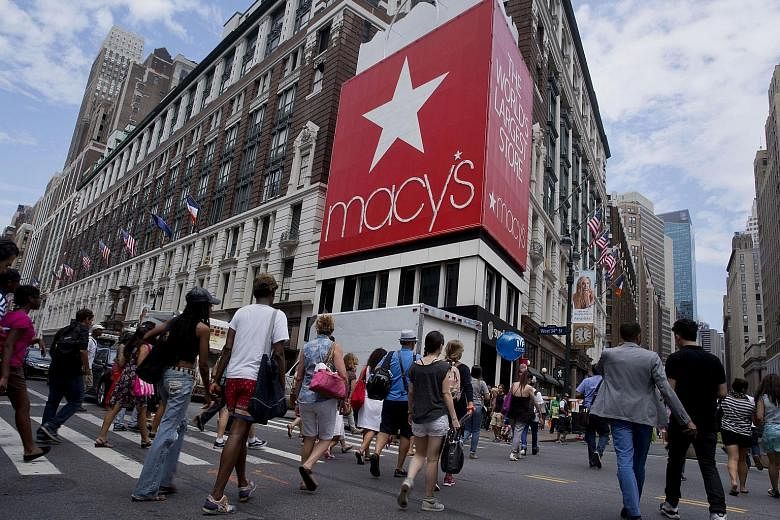"There was a power outage at a department store yesterday," began one of comedian Steven Wright's gags. "Twenty people were trapped on the escalators."
I thought of that while looking through pictures of Oxford Street's House of Fraser store. The future of the chain of department stores had been in doubt, though after its acquisition by Sports Direct earlier this month, the flagship branch, at least, has been given a reprieve.
Already a subscriber? Log in
Read the full story and more at $9.90/month
Get exclusive reports and insights with more than 500 subscriber-only articles every month
ST One Digital
$9.90/month
No contract
ST app access on 1 mobile device
Unlock these benefits
All subscriber-only content on ST app and straitstimes.com
Easy access any time via ST app on 1 mobile device
E-paper with 2-week archive so you won't miss out on content that matters to you

